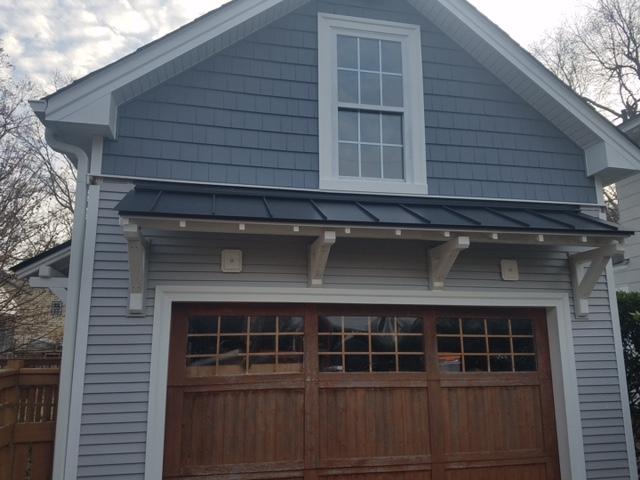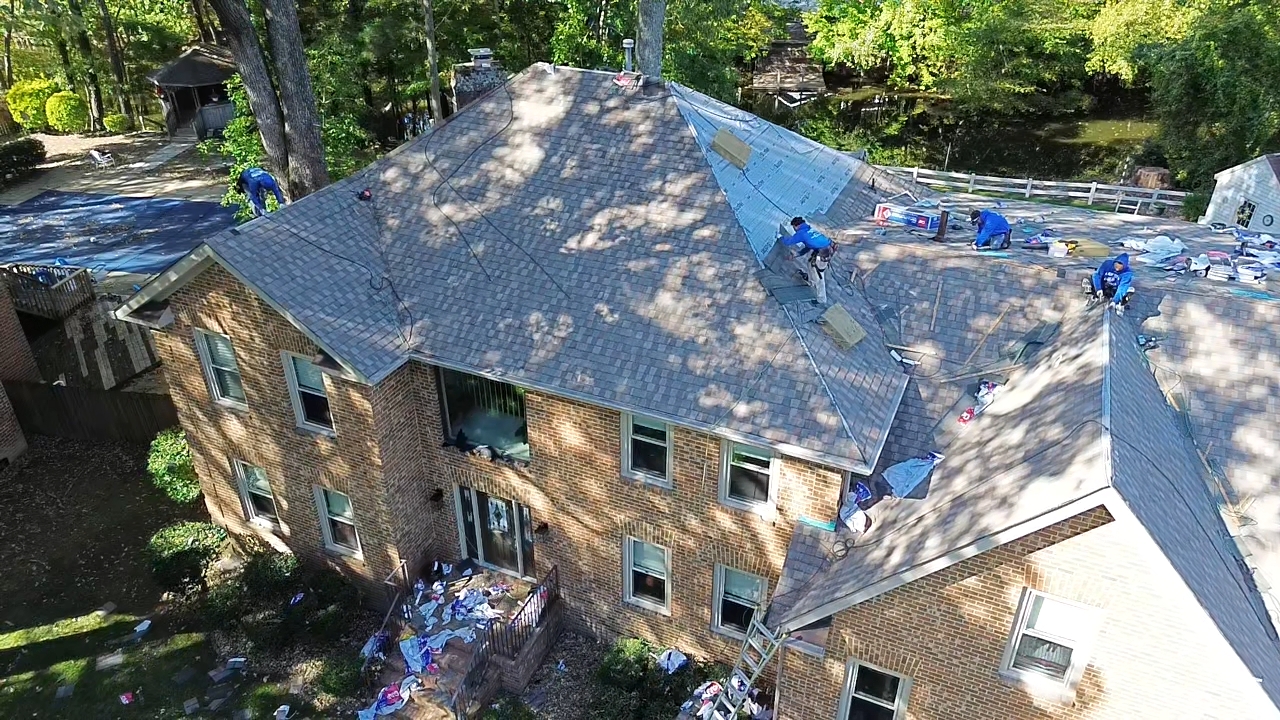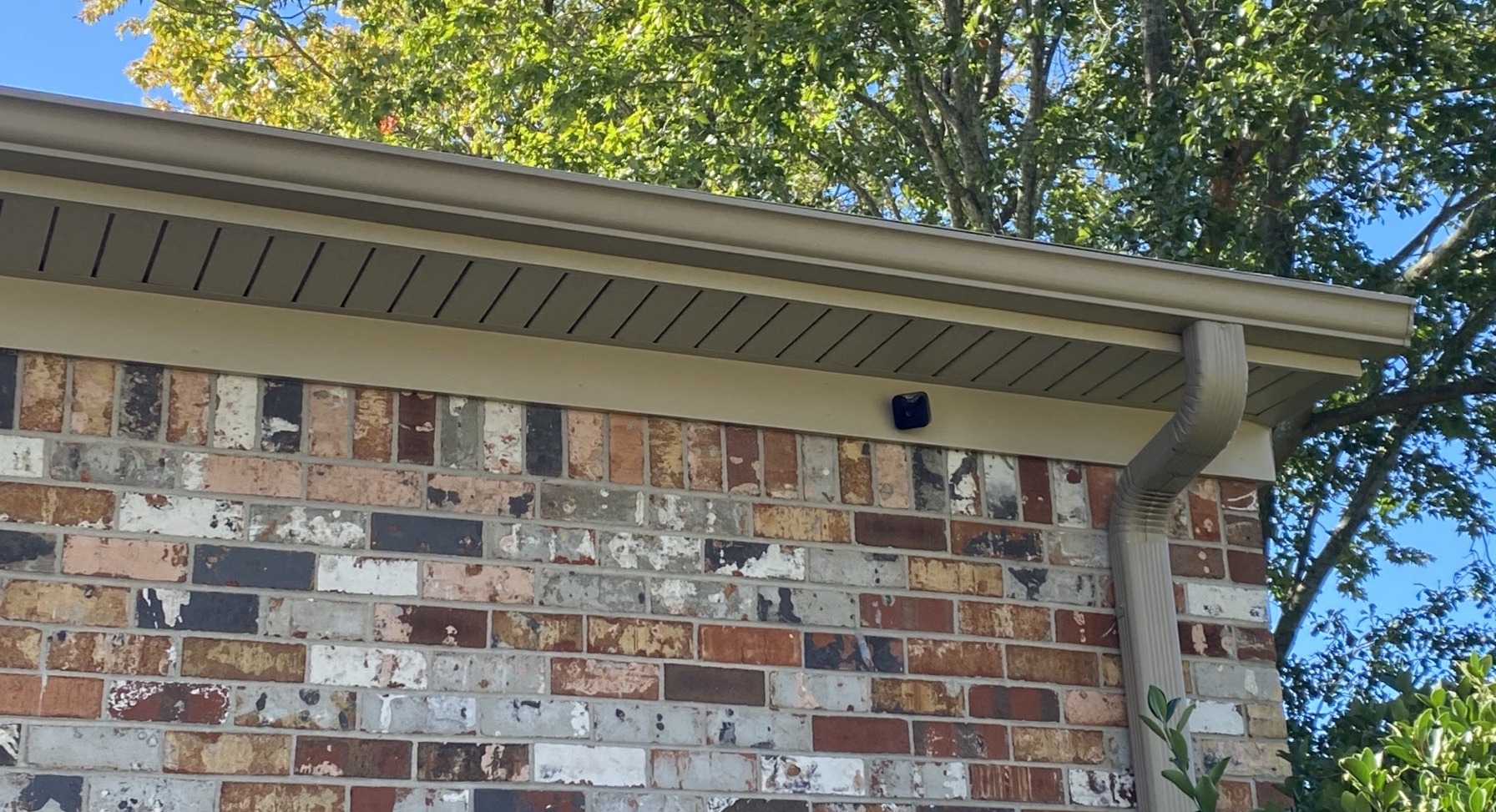How to protect your roof from falling branches and debris year-round
Use our quick contact form to get in touch with our team. We will respond shortly.

Your roof takes a beating year-round, especially in Virginia Beach where seasonal storms and coastal winds can send tree branches and debris crashing onto your shingles. Falling limbs, heavy leaves, and other yard debris can cause major damage if left unaddressed—from punctured shingles to clogged gutters that lead to leaks.
As a roofing company in Virginia Beach, WT Anderson often sees damage that could have been prevented with a few proactive measures. Here's how you can protect your roof from falling debris and extend its life.
The real risks of roof debris
Overhanging trees might provide shade and curb appeal, but they can also be one of the biggest threats to your roofing system. Even small limbs can gouge shingles or damage flashing, while heavy branches can cause structural impact.
Common types of damage from falling debris:
- Cracked or broken shingles
- Damage to gutters and fascia
- Leaks due to punctures or blocked drainage
- Mold and rot from trapped moisture
- Accelerated roof wear from trapped debris
Trim back overhanging branches
One of the most effective ways to protect your roof is by trimming back trees that hang over your home. Experts recommend keeping branches at least 6–10 feet away from the roofline to reduce the risk of falling debris during storms.
Tree trimming tips:
- Prune trees in late winter or early spring for healthier regrowth
- Remove dead or weak limbs first
- Consider hiring a professional arborist for large or high trees
Install gutter guards and clean gutters regularly
Clogged gutters are a common cause of roof leaks. Leaves, twigs, and pine needles can accumulate and prevent water from draining off the roof properly. Over time, this can lead to rot, mold, and foundation problems.
Gutter guards help keep your gutters clear while reducing how often you need to clean them.
Learn more about gutter protection
Schedule seasonal roof cleanups
Routine roof cleaning helps clear away debris that settles on the surface or gets stuck in valleys and crevices. If left unattended, this debris can retain moisture and wear down shingles faster.
What to remove during cleanups:
- Leaves, twigs, and pine needles
- Moss or algae growth
- Seed pods or animal nests
Inspect after storms or high winds
After a major weather event, always inspect your roof for signs of damage. Look for limbs on the roof, broken shingles, or sagging gutters. The faster you catch issues, the less expensive they are to fix.
If you can’t safely assess your roof, schedule a professional inspection.
Consider impact-resistant roofing materials
If your area experiences frequent storms or you live beneath large trees, it might be worth upgrading to more impact-resistant roofing. Class 4 shingles, for example, are designed to withstand hail, debris, and heavy branches better than standard asphalt shingles.
While the upfront cost is higher, the long-term protection and insurance savings can make it a smart investment.
Ongoing maintenance = long-term savings
A little roof maintenance goes a long way. Homeowners who actively trim trees, clean gutters, and monitor their roofing systems are far less likely to face emergency repairs or early replacements.
Pro tips for roof protection in Virginia Beach:
- Watch for seasonal leaf build-up in fall
- Monitor storm forecasts and trim trees proactively
- Use roof-safe tools (no pressure washers!) for cleaning
- Keep an eye on fascia and soffits for signs of hidden damage
Sources:
- FEMA: Protecting Your Home From Tree Damage
- NRCA: Seasonal Roof Maintenance Tips





